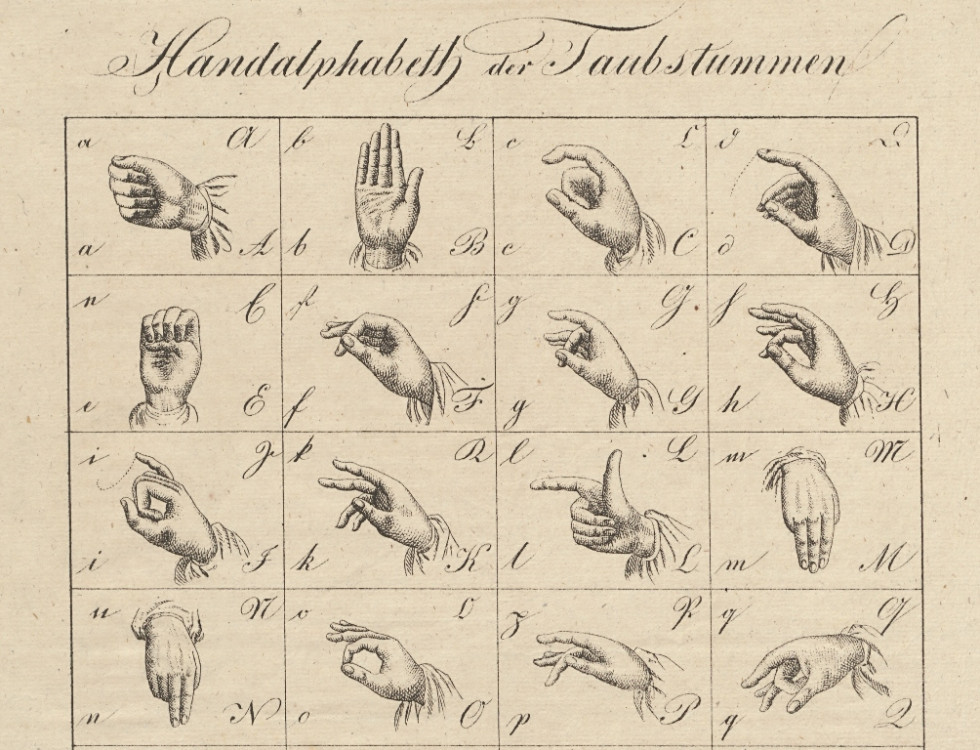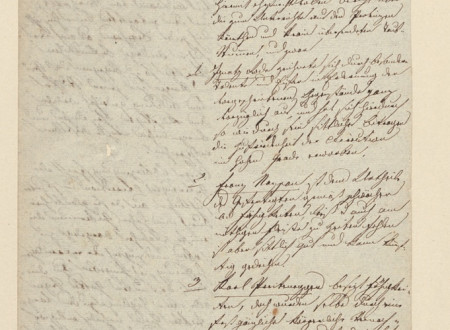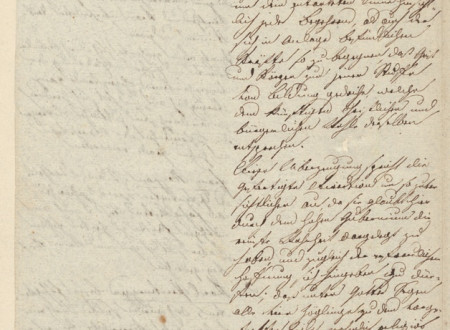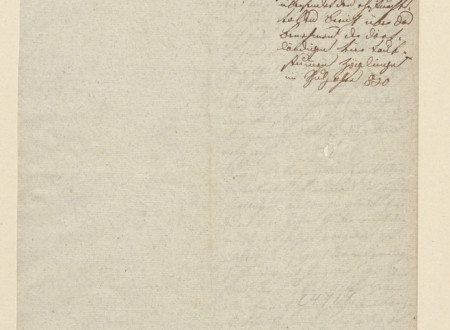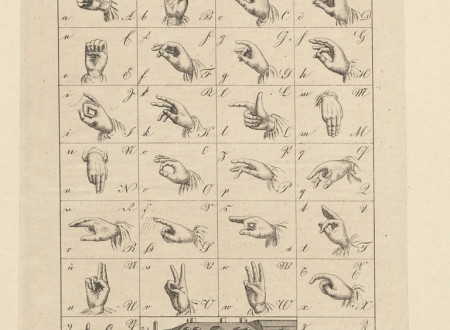First Steps Towards the Education of the Deaf in Carniola and Carinthia
The Earliest Report of the Director of the Institution for the Deaf in Linz Regarding the Progress of the Pupils
This year marks the 120th anniversary of the opening of the Carniolan Founding Institution for the Deaf in Ljubljana. A great many benefactors contributed to its foundation, two of the most prominent among them were the dean of Ribica Ignacij Holzapfel and the bishop of Ljubljana Anton Alojzij Wolf, who left considerable funds for this purpose in their wills. The founding of such an institution was also a result of general conditions, since schooling institutions for the deaf in the neighbouring provinces, where deaf children from Carniola had up to then received their education and training, were forced to turn down the applications by pupils from Carniola due to the increased number of their own pupils. Additional problem was also the fact that classes there were held in German. So by the end of 1880s the question in Carniola was no longer if Ljubljana needed such an institution for the deaf, but rather how to establish it and under which jurisdiction.
The first initiative to open a discussion about whether such institution was needed in Ljubljana came from abroad. In September 1827, the canon Franz Seraphicus Schmid, cathedral canon at the Church of St. Stephen and author of popular religious and educational works, well known for his charity work, wrote a letter to the Carniolan governor, informing him that he was willing to contribute funds for the education and care of deaf children or orphans in Carniola and Carinthia. However, before making his final decision, Schmid asked Carniolan provincial authorities if they thought it more sensible to establish an institute for the deaf or an orphanage. He also inquired whether Carniola already had any charity foundations for such purpose, and if there was a chance of finding benefactors willing to contribute for the cause.
As was customary in such cases, Carniolan provincial authorities asked the district offices to seek opinion of local officials who were well familiar with situations in their local communities. The authorities also appealed to the Ljubljana Diocese and obtained some information about the work of the institutes for the deaf in Linz and in Vienna. Among archival records we can also find a brochure about the institute for the deaf in Linz and a newspaper article about the education of the deaf, containing illustrations that depict hand gestures used to show individual letters.
Most of those consulted agreed that money should be spend on orphans since there were more of them than deaf children, some officials even expressed their doubts as to whether it was even possible to teach deaf children how to live an independent life. Only few of the people consulted welcomed the idea, claiming that indeed there were no provisions made for the education of deaf children and that their parents alone were unable to raise such children to be independent grown-ups.
Despite initial reservations, the decision was made to invest the money into the education of deaf children. They believed it made more sense to establish a special scholarship foundation, to which a number of prominent individuals in Carniola and Carinthia would contribute, in addition to Schmid. Since Schmid as the founder wished to remain anonymous, the foundation was named the Holdheim’s Foundation for the Deaf. The foundation provided scholarships for the education of children from Carniola and Carinthia, who attended the institute for the deaf in Linz. There they accepted only healthy children, both girls and boys, who by the end of their education process at primary level would be proficient in reading, writing, calculating and also speaking. After completing their training, they were apprenticed to various craftsmen or they returned to their parents.
In September 1829, the first four pupils, two from Carniola and two from Carinthia, were accompanied to Linz and in August the following year the director of the school Michael Bihringer sent a report to the Carniolan authorities, describing the progress the pupils had made in their first year at school.
The report makes it evident that while the children differed according to their abilities and circumstances in which they had lived prior to their arrival in Linz, they were all capable of making progress.
Ignac Rode was described as particularly talented and keen on learning the curriculum, as well as of exemplary behaviour.
The second pupil, Franc Nassan, was described as being a bit less capable and occasionally lacking the necessary diligence, but otherwise well behaved and expected to make good progress in the future.
The third pupil, Karl Preitenegger, was described as capable, but had in the past been physically subjected to such severe negligence that he had to first be physically strengthened and then educated, receiving the care that he needed throughout the process. The first fruits of their labour could already be seen, and Bihringer hoped that there were more to come.
Among the pupils sent to Linz was also a girl, Maria Theresia Horaleck from Klagenfurt. According to Bihringer, she had a lot of potential, but it was obvious that due to her handicap she had been the darling of her family which had spoiled her endlessly. A lot of effort would need to be put into her before all her abilities could stand out, so that her spirit and body could reach the level of education that would lead to her well-being in her spiritual as well as in her everyday life.
Director Bihringer concluded his report in accordance with the spirit of the times – with expectation that pupils would under careful guidance achieve their goals and grow into religiously moral people and good citizens.
Andreja Klasinc Škofljanec


